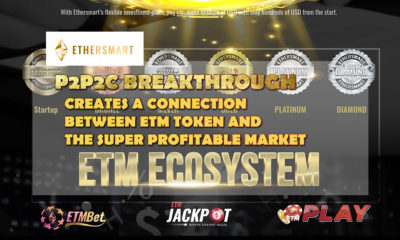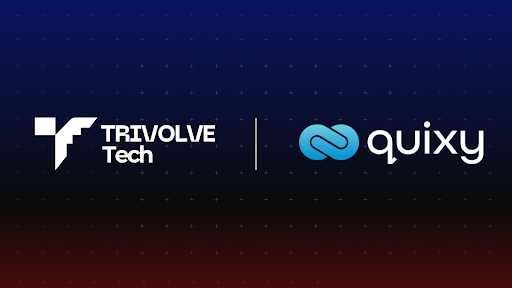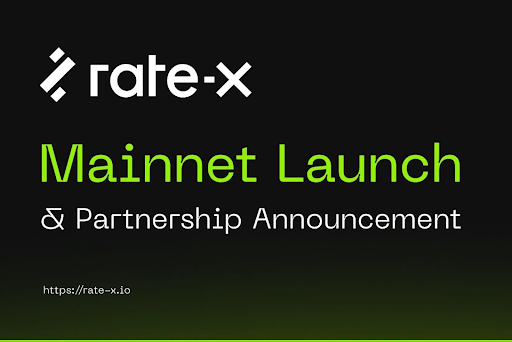The FTX collapse guarantees that crypto regulation will be on the US legislative agenda for 2023 — at long last. In total, six bills were introduced in 2022, focusing on a mix of aspects connected to the crypto industry for investor protection or compliance.
As the SEC and the CFTC are jockeying for positions, the number of voices in the room is going to increase. Some don’t want any sort of regulation to exist, but others people in the industry and anti-crypto lawmakers think regulating crypto will legitimize its existence.
The time is right for crypto custody and all other types of platforms to be supervised with certain regulations. The US has the strongest financial market in the world, and that is due in large part to regulation. Regulation will make crypto markets stronger.
No regulatory regime administering traditional finance is created in one fell swoop. Along with the system, the regime also evolves to become better, inclusive, and stronger according to the needs. Disasters like FTX become a teaching lesson for the rulemakers to improve the regulatory system.
The digital asset industry is still in its infancy, but problems like FTX are familiar. There have been previous such events at QuadrigaCX and at Mt. Gox. To prevent these types of massive losses that also deteriorate the market trust, regulatory oversight must begin. Here are five modest, sensible steps that could be taken now that don’t even require much crypto knowledge.
As stablecoins are intended to be less volatile, they play an important role in the digital asset ecosystem. Moreover, they are more practical for everyday transactions. However, these stablecoins have not always been so stable.
These stablecoins are intended to be exchangeable for the underlying asset at a 1:1 ratio. However, stablecoin issuers are not required by law to maintain reserves that are equivalent to the available supply. There is a chance that holders will rush to redeem their coins when a stablecoin loses its peg, creating a situation that resembles a bank run.
That’s exactly what happened with TerraUSD in May of 2022. Recently, the US SEC has found another strong point of concern against the platform, making the former stronger. It relied on trading based on a mint and burn algorithm linked to the supply of LUNA, a cryptocurrency issued by Terra. Ironically, Sam Bankman-Fried is now under investigation for manipulating the market for TerraUSD, whose collapse touched off the industry crisis that ultimately exposed his other misdeeds at FTX.
Yet, none of that is necessary to know in order to determine whether a stablecoin is backed by a dollar. The quantity of circulating stablecoins is equal to the number of dollars in reserve. Stablecoin issuers should be required to keep 1:1 reserves at FDIC-insured banks.
The birth of FDIC insurance came after the bank failures during the early 1800s. Quarterly audits of reserves and real-time reporting on mint and burn activity should be mandatory. We also need to implement safety and soundness controls with a diversity of banks proportional to reserve size.
- Separate Trading And Custody
Customers’ requirement to maintain their money with the exchange under the current market structure is fundamentally wrong. It is not necessary to be an expert in cryptography to understand why that is a bad idea. Imagine that the Nasdaq asked the SEC to serve as its own custodian, is it possible?
The issue with counterparty risk persists even after being entirely honest. Many of these crypto custody platforms and exchanges also engage in different kinds of lending. They engage in market-making and arbitrage. As they continue to trade and hedge on other exchanges, identifying the counterparty risk on the exchange is impossible. The reason being it’s the sum of the exchange’s risk plus the risk of whatever other markets they’re participating in that plays an important role in risk assessment.
If there’s anything one should learn from the FTX collapse, it’s that assets should be stored until required for trading by external, qualified, regulated, and insured custodians. This creates a check-and-balance for verifying reserve assets under any exchange’s control.
The public may have learned sooner that FTX was in a crisis in a fractional reserve position if trading and custody had been kept separate. After the bankruptcy, it would have been simpler to stop asset theft and hacking.
- Require Digital Asset Exchanges To Be 100% Digital
Discontinuing direct trading of digital assets with fiat or off-chain assets will make all exchanges on-chain auditable. As a result, it will enable Proof-of-Reserves that actually work. At present, Proof of Reserves does bring some level of transparency, but they are not a foolproof solution for separating who’s solvent and who’s not, for two reasons.
- No one can practice it for reserves on fiat because they cannot be represented in a digital way.
- It’s not possible to give proof of non-liabilities, which is really the thing that matters most. FTX combined fiat, and digital reserve components and their liabilities far outstripped their reserves.
With pure digital exchanges representing fiat digitally as a regulated stablecoin, Proof of Reserves for everything can become a reality. The last thing to be solved is the liabilities component.
A reasonably solid and effective system with compliance can be built by fixing settlement and clearing to be entirely digital. Exchanges are currently attempting to establish a business in a hybrid world because they have no other option. So, as a transition, it is preferable to package fiat and securities in digital form. The ability to work in a digital environment will be significantly improved after the archaic wrappers have been removed.
- Regulate Digital Asset Exchanges’ Use Of Omnibus Wallets
In an omnibus wallet, the funds of multiple clients are stored under a single address. The benefit is that it makes key management easier for the custodian and also makes it easier to enable efficient off-chain transactions.
However, one of the main limitations is that individual customers no longer have visibility into the transactions. Neither do they have any information on the counterparty risk. It’s also unclear what happens to each customer’s funds in the event of bankruptcy.
Omnibus wallets are only acceptable when the qualified crypto custody platform is aware of each of the exchange’s clients in the omnibus pool and assets are segregated in such a way as to provide bankruptcy protection to each client. The custodian must also participate in AML/KYC compliance of exchange clients.
- Define Securities For The Digital Era
The SEC is still using an ancient definition of securities which was developed in the 1940s. The result is it leads to underpinning their enforcement efforts. Builders in crypto have honest questions about how the rule applies to them, and they deserve answers.
Can the SEC not update their definition and upgrade the meaning of securities while taking into account the crypto era? How hard would it be for the SEC to provide an updated definition, detailed guidance, and sensible grandfathering policies? Having that clarity would go a long way toward providing protection to innovators and investors alike.
They should listen more to Commissioner @HesterPeirce, who has an open opinion that the agency should not be leading with enforcement. Enforcement is clearly in their purview, but there’s an opportunity to make the enforcement load a lot lighter by providing appropriate guidance, to begin with.
What occurred at FTX was a common form of financial fraud that has been practiced for ages. The sole connection between cryptocurrency and blockchain technology is that a lack of regulation created a level playing field for dishonest players.
Conclusion
At present, the crypto community understands SEC’s Custody Rule. These rules are meant to safeguard the crypto industry. As per this rule, the crypto custody and other types of platforms are required to separate custody from trading. This move is hailed as a positive aspect of the crypto industry.
The crypto industry is in dire need of regulatory administration aimed at preventing catastrophic investor losses. Designers and builders are more than capable of architecting a better system to meet the requirements of regulators. Once people can’t be rug pulled or defrauded, the next discussion will be about more nuanced issues and building something more comprehensive.
It will take a collective effort to get through this phase. FTX isn’t the first exchange to run into trouble; it’s just the biggest. It is easy to compartmentalize it as one guy who was a charlatan and go back to business as usual. However, doing so will be like setting the industry up for the next failure. To come out stronger and better, it is essential to use this opportunity to take a few simple steps in the direction to lead the industry into a new direction in order to thrive.




 Crypto2 years ago
Crypto2 years ago


 Press Release4 years ago
Press Release4 years ago


 Blockchain4 years ago
Blockchain4 years ago


 Press Release4 years ago
Press Release4 years ago


 Press Release3 years ago
Press Release3 years ago


 Blockchain4 years ago
Blockchain4 years ago


 Press Release4 years ago
Press Release4 years ago


 Blockchain4 years ago
Blockchain4 years ago









